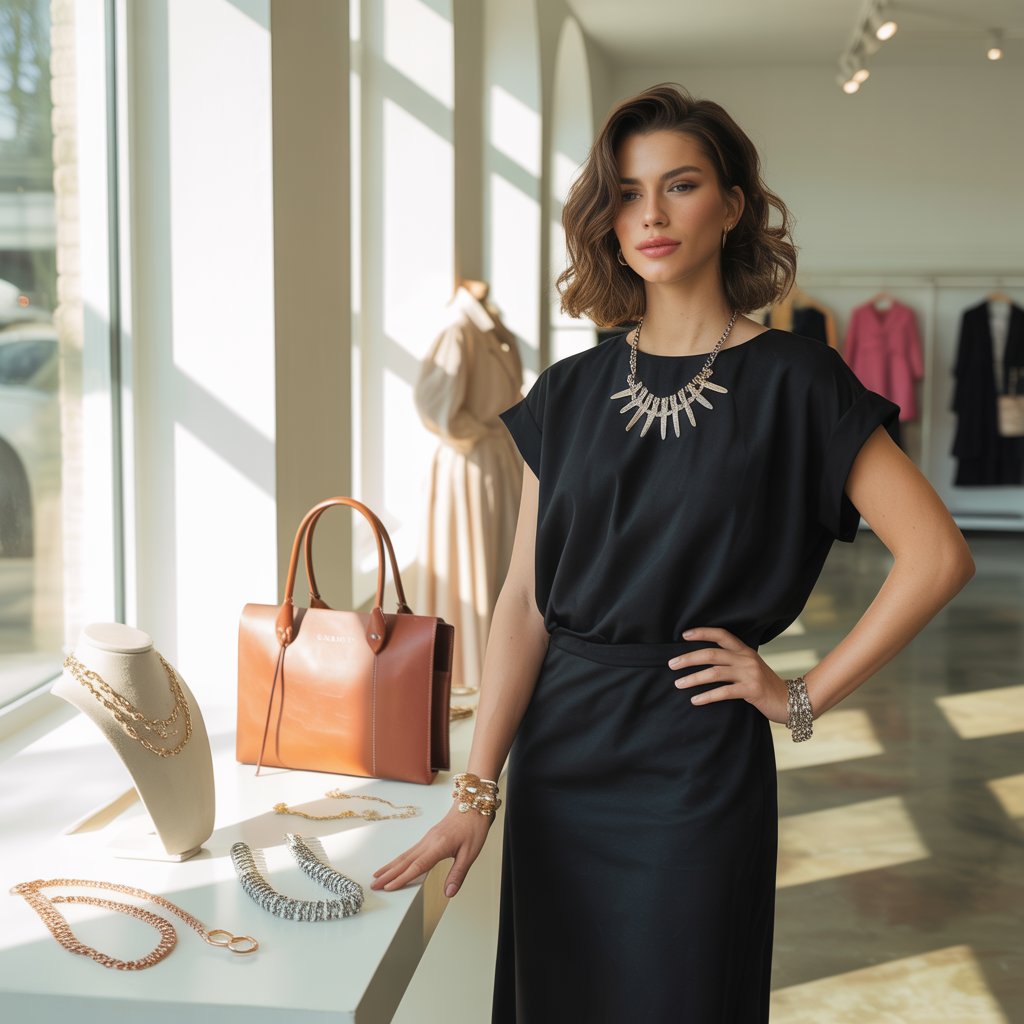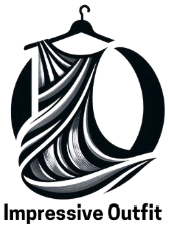Accessories are the unsung heroes of fashion. They transform basic outfits into polished looks, express individuality, and add depth to your personal style. However, selecting the right accessories requires intention and knowledge. This guide will walk you through 10 actionable steps to choose accessories that elevate your style, whether you’re dressing for a casual day out or a formal event. Let’s dive in!

1. Understand Your Personal Style
Before choosing accessories, identify your personal style. Are you drawn to bohemian prints, minimalist designs, or edgy leather? Your accessories should align with your aesthetic to create harmony. Start by analyzing your wardrobe: note recurring colors, patterns, and silhouettes. Pinterest boards or Instagram saves can also reveal style preferences you might not have consciously recognized.
If your closet leans toward neutral tones and clean lines, opt for sleek, understated accessories like a structured tote or geometric jewelry. Conversely, vibrant, eclectic outfits pair well with bold pieces like chunky bracelets or patterned scarves. Your accessories should feel like a natural extension of your wardrobe, not an afterthought.
Pro Tip: Take a free online style quiz (like Who What Wear’s Style Quiz) to pinpoint your fashion persona.
2. Choose Accessories That Complement Your Outfit
Accessories should enhance, not overpower, your outfit. If you’re wearing a busy floral dress, skip the statement necklace and opt for delicate earrings instead. Focus on balancing visual weight: pair slim belts with flowy dresses or chunky boots with tailored trousers.
Consider texture and material too. A silk scarf adds luxury to a wool coat, while a leather cuff contrasts beautifully with a lace blouse. When in doubt, follow the “one statement piece” rule: let one accessory (e.g., a bold bag or eye-catching necklace) take center stage.
Pro Tip: Match metals to hardware. If your bag has gold zippers, choose gold jewelry for cohesion.
3. The Power of Color Coordination
Color ties your look together. Use the color wheel to identify complementary or analogous hues. For example, a navy dress pops with mustard-yellow earrings, while a pastel pink blouse harmonizes with rose gold accessories.
| Outfit Color | Accessory Color Pairing |
|---|---|
| Black | Silver, red, or neon accents |
| White | Gold, pastels, or bold jewel tones |
| Earth Tones | Olive green, burnt orange, or brass |
Neutral outfits (black, white, beige) offer flexibility—add a vibrant scarf or metallic shoes for instant polish.
Quote: “The best color in the whole world is the one that looks good on you.” —Coco Chanel
4. Occasion-Based Accessories
Tailor accessories to the event:
- Formal Events: Opt for timeless elegance—pearl earrings, a clutch, and a delicate bracelet.
- Casual Outings: Experiment with layered necklaces, hoop earrings, or a crossbody bag.
- Workwear: Stick to minimalist pieces like a structured watch or a subtle brooch.
For daytime looks, lean toward lighter materials (straw bags, cotton scarves). Evening outfits shine with sequins, metallics, or velvet.
Pro Tip: Keep a “style emergency kit” with neutral stud earrings, a black hair tie, and a compact mirror in your bag.
5. Mixing Metals: Yes or No?
Gone are the days of sticking to one metal! Mixing gold, silver, and rose gold adds dimension. The key is to balance proportions: pair a chunky silver bracelet with small gold rings, or layer a rose gold necklace over a silver chain.
| Do’s | Don’ts |
|---|---|
| Layer delicate chains | Combine overly bulky pieces |
| Use a dominant metal (70%) + accent (30%) | Mix more than three metals |
Pro Tip: Tie mixed metals together with a multitone watch or bag hardware.
6. Balance Proportions for Visual Harmony
Scale matters. Petite frames can be overwhelmed by oversized accessories, while taller individuals can carry larger pieces. Match accessory size to your outfit’s volume: a maxi dress pairs well with a wide-brim hat, while a fitted blazer suits a slim belt.
- Necklaces: Long pendants elongate torsos; chokers draw attention to the face.
- Bags: Mini bags suit sleek outfits; totes balance loose, layered looks.
7. Statement Pieces vs. Minimalist Accents
Statement accessories (e.g., a neon belt, animal-print scarf) inject personality into simple outfits. Minimalist pieces (thin rings, stud earrings) refine busy ensembles.
When to Go Bold:
- Monochromatic outfits
- Basic jeans and tee combinations
- Solid-colored dresses
When to Stay Subtle:
- Patterned or textured clothing
- Office attire
- Layered outfits
Pro Tip: Invest in 2–3 versatile statement items, like a leopard-print bag or metallic boots.
8. Seasonal Considerations
Adapt accessories to the weather and trends:
| Season | Materials | Colors |
|---|---|---|
| Spring | Woven fabrics, pastels | Florals, mint, lavender |
| Summer | Straw, linen | Brights, neon, white |
| Fall | Leather, suede | Burgundy, olive, mustard |
| Winter | Wool, velvet | Deep jewel tones, metallics |
In winter, swap straw hats for wool berets; trade sandals for knee-high boots.
9. Invest in Quality Over Quantity
A curated collection of high-quality accessories outlasts fast fashion. Prioritize:
- A classic leather handbag
- Gold or sterling silver jewelry
- A durable watch
- Versatile scarves (silk, cashmere)
Budget-Friendly Tip: Thrift vintage stores for timeless pieces like pearl necklaces or leather gloves.
10. Adapt Trends Without Overdoing It
Trends like chunky chains or neon hair clips are fun but fleeting. Incorporate them through small accents:
- Layer a trendy pendant with classic chains.
- Add colorful socks to neutral shoes.
- Try temporary accessories (e.g., clip-on earrings).
Quote: “Fashion changes, but style endures.” —Yves Saint Laurent
Final Thoughts
Choosing the right accessories is an art that blends intuition and strategy. By aligning pieces with your personal style, occasion, and proportions, you’ll create looks that feel cohesive and confident. Experiment, take risks, and remember: accessories are the exclamation point to your outfit!
Now go forth and accessorize fearlessly! 🌟
